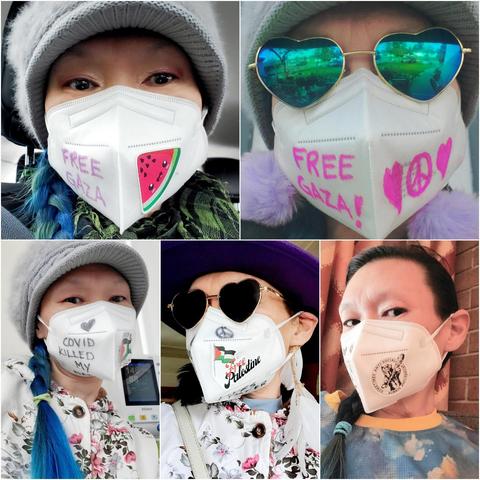Recent searches
Search options
#CovidIsNotOver
NorthBox 6XL review — the only PC fan air purifier made in Canada
An excellent PC fan-powered air purifier developed by North Box Systems, a father and son company based in Ontario https://housefresh.com/northbox-6xl-review/
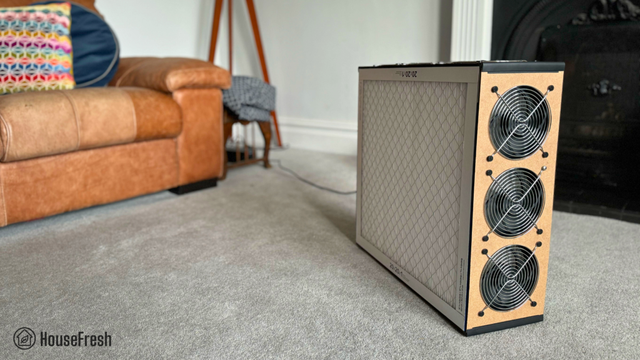
In den USA werden gerade die Gesundheitsbehörden (CDC, FDA,...) abgewickelt. Ziemlich blöd, weil damit die Beobachtung von #masern , #h5n1 (Vogelgrippe) u.ä. entfällt - und wir nicht mitbekommen werden, ab wann Infektionen Mensch-zu-Mensch stattfinden. #CovidIsNotOver wird Geschwister bekommen.
Et voilà les premiers signes d'une remontée de la circulation du Covid en #Belgique, après presque 3 mois de circulation à basse intensité...
Pour protéger les autres et vous éviter des risques de covid long ou autres complications après une infection:
Portez un masque
Aérez les pièces et allumez les détecteurs de CO2
+ d'infos:
- https://associationarra.wordpress.com/ressources-rdr/
- https://autodefensesanitaire.fr/
- https://nousaerons.fr
Source du graphe: https://wastewater.sciensano.be/dashboard/covid19/en/
#CovidIsNotOver
Okay, #Novavax and #Influenza vaccination at the same time yesterday is ... very noticeable today.
But assuming the summer wave mostly repeats like the last years, now is a good time!
Especially since Novavax expires soon and it's a good heterologous vaccination scheme to mix with the mRNA one in autumn.
(Vaccine protection wanes after 3-6 months. Get safer.)
Sur le stock d'images "Disabled and here", il y a de nouvelles photos revendicatives sur les masques (catégories "Community" et "Social justice") et elles sont très chouettes !
#CovidIsNotOver #AutodéfenseSanitaire #handicap #accessibilité
@DenisCOVIDinfoguy they also cite https://pubmed.ncbi.nlm.nih.gov/35810238/
which has this absolute adjective of a hypothesis:
SARS-CoV-2 may bind to ACE2 in order to enter the host brainstem cell and change baroreflex sensitivity
because
The integral parts of the brain renin-angiotensin system, as ACE2 enzyme, are highly expressed in the brainstem, which may also be involved in baroreflex sensitivity, playing an important role in HRV.
which would help explain POTS!!
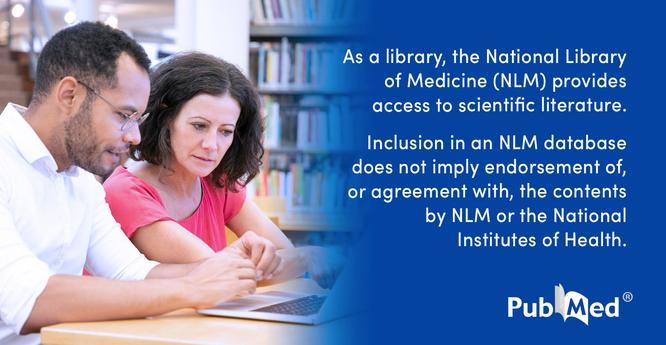
Brain Structural Abnormalities in Patients with #PostCOVID -19 Headache
https://www.mdpi.com/2035-8377/17/4/50
Retrospective 30 vs 30 MRI case/control study. "One of our most noteworthy findings is that white matter lesions were identified in 50% of the post- #COVID-19 group, compared to 20% in the control group”
@longcovid
#LongCovid #PwLC #PostCovidSyndrome #LC #PASC #CovidBrain @covid19 #COVID19 #COVID #COVID_19 #SARSCoV2 #CovidIsNotOver #auscovid19 @auscovid19
Updated #CDC estimates show we've pretty much been in a JN.1.11 soup since then, until late March, when LP.8.1 took majority.
Data collection continues to be a low priority nationally, as only one region (NY/NJ) has enough data for CDC to plot.
No new variants broken out, yet CDC seems to have resources to tailor their color key: https://hcommons.social/@beadsland/114163320179234281
Raj's dashboard was updated on Sunday.
❖ #ThisIsOurPolio #Covid #Covid19 #SARS2 #variants #CovidIsNotOver #CovidIsAirborne #dataviz #datavis
well- another Trans Day of Visibility, another year in which the bulk of the trans community is still refusing to protect the disabled and chronically ill among us.
notice who isn't visible today. notice the friends and community members who have checked out of IRL meetups because the community is allowing airborne, contagious, disabling viruses to circulate without end.
and remember that we exist, too. we're here, and we're the ones who even you have forgotten.
“Wake Up and Smell the C*VID: An evening without Eric Bogosian”: new play takes aim at NYC mask ban and more
https://www.thecanary.co/global/world-news/2025/03/31/wake-up-and-smell-the-covid/
"As New York State’s budget deadline looms, so too does the specter of a proposed mask ban …"
"Wake Up and Smell the C*VID isn’t a typical play—it’s an intervention. A rupture. A refusal.
It refuses the erasure of an ongoing mass disabling event."
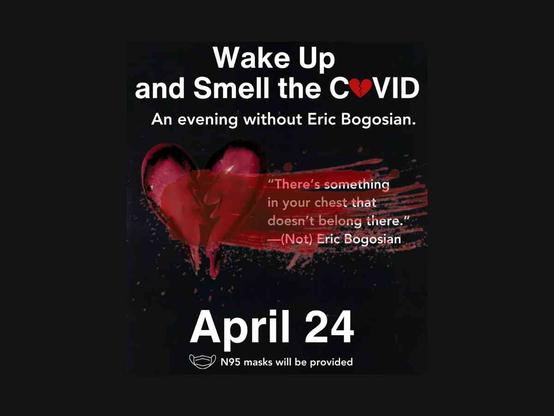
I’m on day 3 of my first #COVID infection (probably caught at work), and already regreting having switched job 6 months ago from full remote to partial remote.
Fever, barely no sleep, coughing, throat pain when ingesting food, headache.
Wife also got it (from me, day 2), with migrains and vomits as bonus.
0/20 won’t recommend.
I'm not COVID-cautious, you're COVID-reckless.
Important article about the experience of having long covid, and the lack of supports in place for supporting the people in our communities who have long covid. Please boost and share with your not-on-mastodon folks!
https://www.cbc.ca/news/canada/prince-edward-island/pei-nikkie-gallant-long-covid-patient-1.7496791
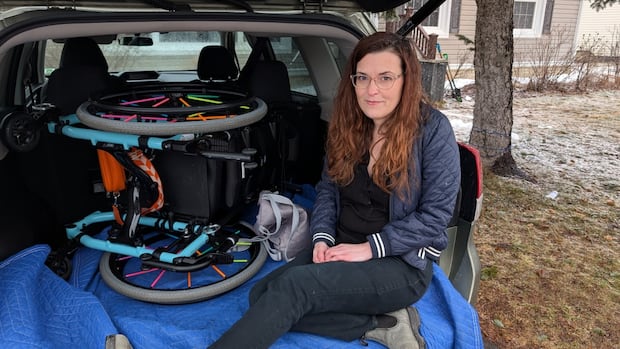
Someone asked me yesterday, "When was it that we came out of the pandemic?"
I replied, "Uh, we didn't."
They didn't like that.
I think what they meant was: When did the powers-that-be make us "return to normal" to save the economy? Because that's when they caught their first case of COVID (for which they are still physically paying).
Servicio público: Farmacias Caridad tiene mascarillas #Aura.
https://www.medrxiv.org/content/10.1101/2025.03.26.25324476v1.full-text (preprint)
Between November 2023 and March 2024, coastal Kenya experienced a new wave of severe acute respiratory syndrome coronavirus 2 (SARS-CoV-2) infections detected through our continued genomic surveillance. Herein, we report the clinical and genomic epidemiology of SARS-CoV-2 infections from 179 individuals (total 185 positive samples) residing in the Kilifi Health and Demographic Surveillance (KHDSS) area (∼900 km2). Sixteen SARS-CoV-2 lineages within three sub-variants (XBB.2.3-like (58.4%), JN.1-like (40.5%) and XBB.1-like (1.1%)) were identified. Symptomatic infection rate was estimated at 16.0% (95% CI 11.1%-23.9%) based on community testing regardless of symptom status, and did not differ across the sub-variants (p = 0.13)
For most of the community surveillance positive cases, the infection episodes remained asymptomatic (n = 124, 83.2%)

Anyone protesting on #April5 or #TeslaTakedowns, or any other action, please #WearARespirator. We don’t need any more comrades getting #LongCovid, because #CovidIsNotOver. Please and thank you.
I just had a guy get angry at me for saying we’re still in a pandemic. He said it was fear mongering and “silly” to continue to take precautions.
He then went on to say his wife has Long Covid and he’s had Covid “at least 4-5 times”.
This attitude is why we’re in this mess. His own wife was disabled by Covid, and rather than adapt his behaviour he’s exposed her 4-5 additional times.
Repeat infections are devastating to those with Long Covid. Not to mention each infection does cumulative damage, and eventually you will be left disabled.
Even if you’re someone who believes it’s “just a flu”… surely you recognize people didn’t get the flu 4-5 times in a four year period? Being sick that often is an aberration, and a darn good reason to take precautions.
You know who hasn’t had COVID 4-5 times? People who are taking precautions.
Bonus tip: If you’re masking and you become infected anyways, you’ve reduced your viral load AND you’ve made sure not to infect anyone else. That’s community care & compassion and it’s worth doing.



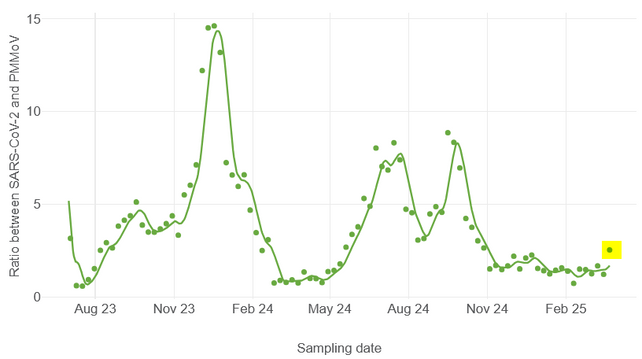
![Chart: Estimated U.S. Variant Proportions by Common Name
Sources: Centers for Disease Control, CoV-Lineages, NYITCOM Research, Daniele Focosi, World Health Network, others
[ beadsland on Ko-fi ]
Reskin of CDC's Variants Nowcast, and any significant variants in GISAID not broken out by CDC.
Five bar-style tree-charts, for fortnights through March 16–29. Legend of last fortnight, organized by subheadings of color-grouped families and convergent clusters. Percentages overlay each color key, reflecting share as of most recent tree-chart.
Essentially all WHO-Vaccine-Target JN.1. LP.8.1 accounts for well over half; JN.1 + FLiRT for over a quarter.
For fortnight of 3/2–3/15, packed bubble charts fill single-variant tiles, indicating diversification of those variants (per GISAID) that wouldn't otherwise be apparent from CDC's Nowcast.
Legend:
LP.8.1 [purple]:
55% - LP.8.1.1 / NY† & other LP.8.1
XEC [browns]:
21% - XEC.2† & other XEC
2% - XEC.4
JN.1.11 + FLuQE [greens]:
6% - MC.10.1 & MC.19
3% - MC.28.1
2% - XEQ
4% - MC.1 & other KP.3.1.1 / MC
⅘% - other KP.3
JN.1 + FLiRT [reds]:
4% - LF.7
2% - LB.1.3.1 / NL
JN.1.11 + FLiRT [blues]:
½% - XEK
0% - KP.2.3 & KP.1.1.3 / LP
Other [greys]:
⅖% - JN.1.16
⅙% - other WHO-Vaccine-Target JN.1
0% - Other (not specified)
† Dagger variants are not broken out by CDC, yet represent a significant share of recent GISAID sequences. Chart: Estimated U.S. Variant Proportions by Common Name
Sources: Centers for Disease Control, CoV-Lineages, NYITCOM Research, Daniele Focosi, World Health Network, others
[ beadsland on Ko-fi ]
Reskin of CDC's Variants Nowcast, and any significant variants in GISAID not broken out by CDC.
Five bar-style tree-charts, for fortnights through March 16–29. Legend of last fortnight, organized by subheadings of color-grouped families and convergent clusters. Percentages overlay each color key, reflecting share as of most recent tree-chart.
Essentially all WHO-Vaccine-Target JN.1. LP.8.1 accounts for well over half; JN.1 + FLiRT for over a quarter.
For fortnight of 3/2–3/15, packed bubble charts fill single-variant tiles, indicating diversification of those variants (per GISAID) that wouldn't otherwise be apparent from CDC's Nowcast.
Legend:
LP.8.1 [purple]:
55% - LP.8.1.1 / NY† & other LP.8.1
XEC [browns]:
21% - XEC.2† & other XEC
2% - XEC.4
JN.1.11 + FLuQE [greens]:
6% - MC.10.1 & MC.19
3% - MC.28.1
2% - XEQ
4% - MC.1 & other KP.3.1.1 / MC
⅘% - other KP.3
JN.1 + FLiRT [reds]:
4% - LF.7
2% - LB.1.3.1 / NL
JN.1.11 + FLiRT [blues]:
½% - XEK
0% - KP.2.3 & KP.1.1.3 / LP
Other [greys]:
⅖% - JN.1.16
⅙% - other WHO-Vaccine-Target JN.1
0% - Other (not specified)
† Dagger variants are not broken out by CDC, yet represent a significant share of recent GISAID sequences.](https://6-28.mastodon.xyz/cache/media_attachments/files/114/259/994/818/843/612/small/3503b35586a44056.jpg)
